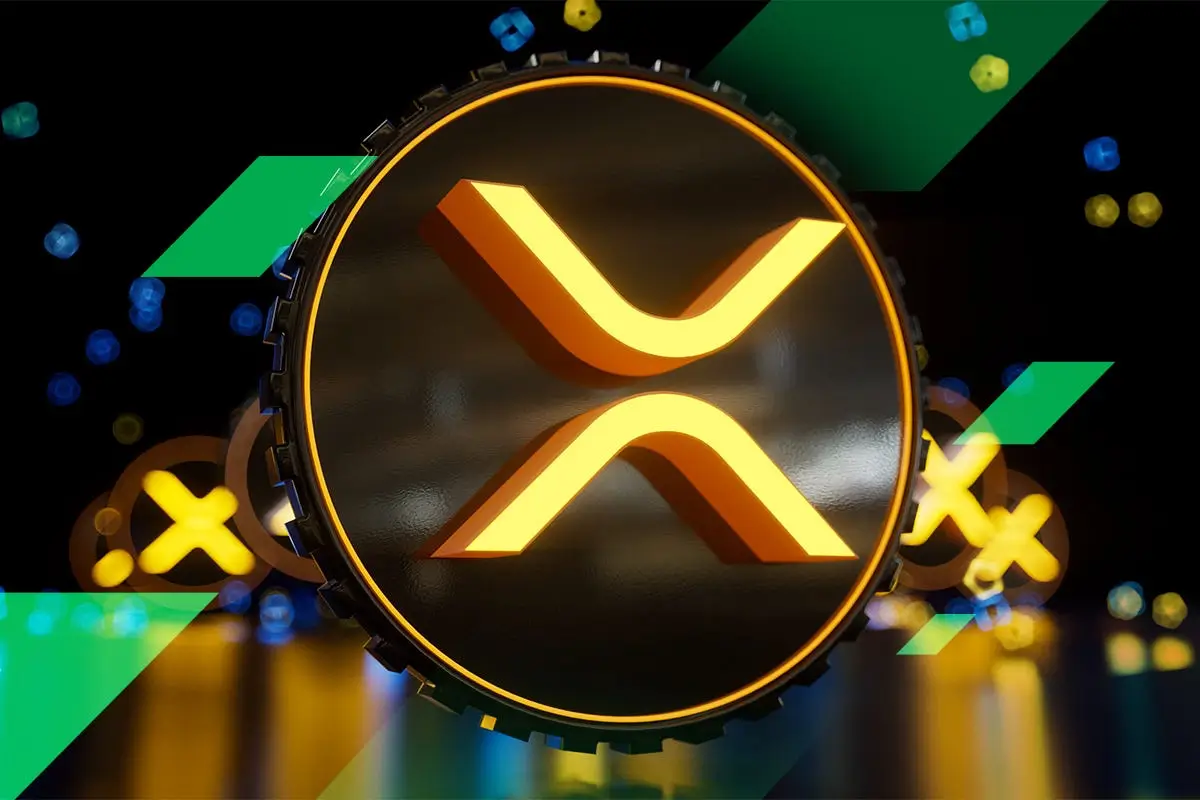Is XRP Positioned to Become Part of America’s Digital Asset Strategy?
28.01.2025 10:00 2 min. read Kosta Gushterov
Discussions are intensifying around the potential inclusion of cryptocurrencies like XRP in a U.S. digital asset reserve, particularly following signals of support for blockchain innovation from former President Donald Trump.
A newly formed task force, set to deliver a framework for digital assets within six months, has reignited interest in how cryptocurrencies might play a role in addressing national economic challenges.
Trump’s previous proposals to leverage Bitcoin as a strategic reserve asset have now expanded speculation to other tokens, including XRP and Solana. Some experts believe a diverse crypto reserve, focusing on assets tied to American innovation, could serve the national interest. Entrepreneur Max Avery has voiced support for such an initiative, emphasizing the complementary roles of Bitcoin and XRP’s ledger in a multi-asset reserve strategy.
However, to become a meaningful part of a national reserve, XRP would need to see a significant increase in value. Analysts have raised questions about the token’s current market position and whether its valuation could rise enough to make a notable impact on the U.S. debt.
Ripple, which holds nearly $38 billion worth of XRP in escrow—around 37.7% of the token’s total supply—has been proposed as a potential source for a national reserve. Some suggest the U.S. government could access these holdings to create an XRP reserve without requiring direct financial outlays.
While XRP currently trades around $3.12 and holds steady above key moving averages, it faces strong resistance at $3.30. If adopted into a national reserve framework, the token’s value and utility could experience dramatic shifts, underscoring its potential to play a larger role in economic strategy.
-
1
Ethereum Overtakes Bitcoin in Retail FOMO as Traders Shift Focus to Altcoins
17.07.2025 8:05 2 min. read -
2
Fartcoin Price Prediction: FARTCOIN Could Rise to $2.74 After Major Breakout
17.07.2025 16:01 3 min. read -
3
Binance to Launch 2 New Contracts with 50x Leverage: Everything You Need to Know
10.07.2025 12:00 2 min. read -
4
Standard Chartered Becomes First Global Bank to Launch Bitcoin and Ethereum Spot Trading
15.07.2025 11:00 1 min. read -
5
ProShares Ultra XRP ETF Gets Green Light from NYSE Arca
15.07.2025 19:00 2 min. read
Binance Launches New Airdrop and Trading Competition
Binance has officially launched a new airdrop event for Verasity (VRA) through its Binance Alpha platform, giving eligible users the chance to claim free tokens and compete for a massive prize pool.
XRP: What’s the Next Target After Bullish Breakout?
XRP has emerged from a months-long consolidation with renewed bullish momentum, reigniting trader interest in its next major price target.
Bitcoin Dominance Holds Firm as Altcoins Show Early Signs of Rotation
Despite recent gains across select DeFi and RWA tokens, Bitcoin continues to dominate the crypto landscape, with the Altcoin Season Index sitting at 43/100, according to today’s CoinMarketCap data.
XRP Eyes Next Target as Bullish Crossover Sparks 560% Surge
XRP is back in the spotlight after crypto analyst EGRAG CRYPTO highlighted a powerful historical pattern on the weekly timeframe—the bullish crossover of the 21 EMA and 55 SMA.
-
1
Ethereum Overtakes Bitcoin in Retail FOMO as Traders Shift Focus to Altcoins
17.07.2025 8:05 2 min. read -
2
Fartcoin Price Prediction: FARTCOIN Could Rise to $2.74 After Major Breakout
17.07.2025 16:01 3 min. read -
3
Binance to Launch 2 New Contracts with 50x Leverage: Everything You Need to Know
10.07.2025 12:00 2 min. read -
4
Standard Chartered Becomes First Global Bank to Launch Bitcoin and Ethereum Spot Trading
15.07.2025 11:00 1 min. read -
5
ProShares Ultra XRP ETF Gets Green Light from NYSE Arca
15.07.2025 19:00 2 min. read

